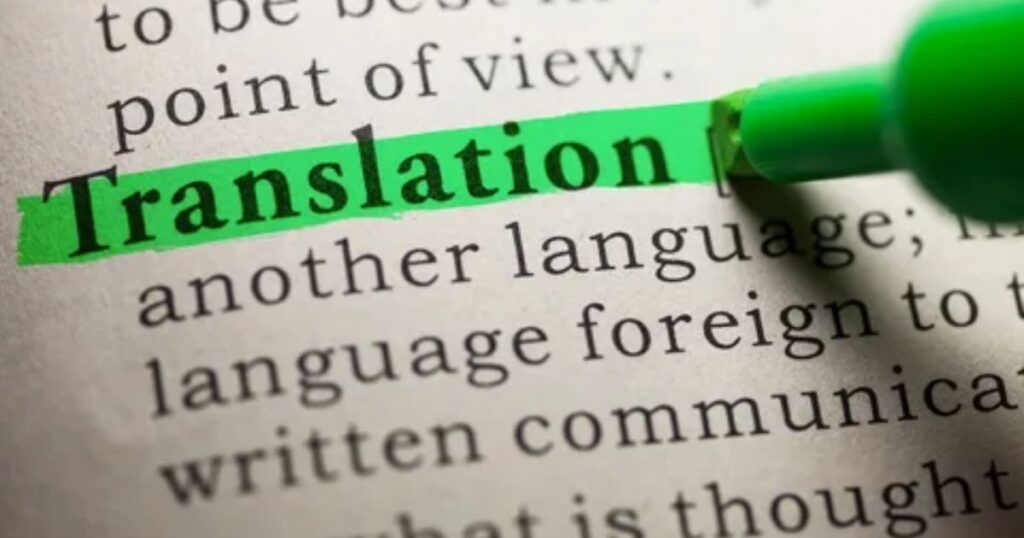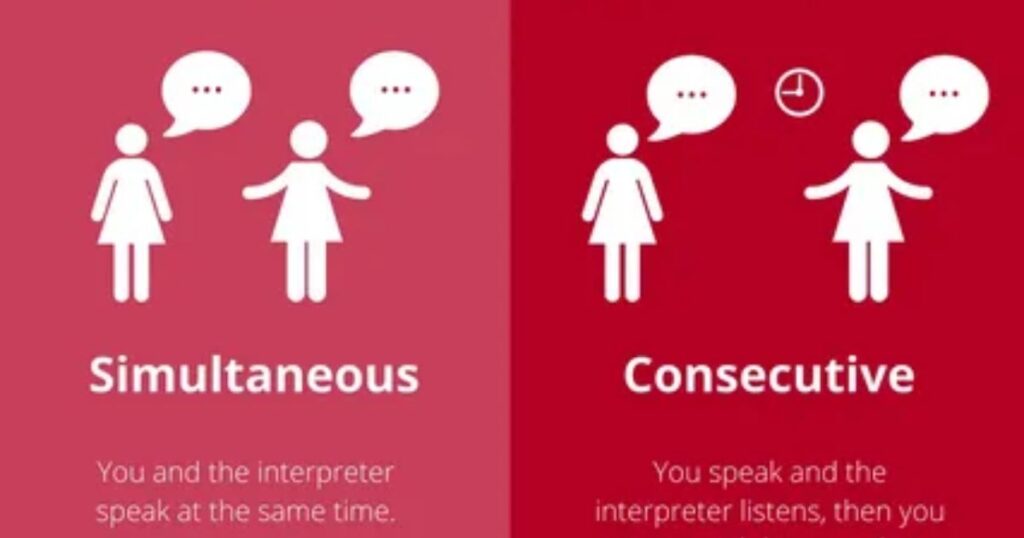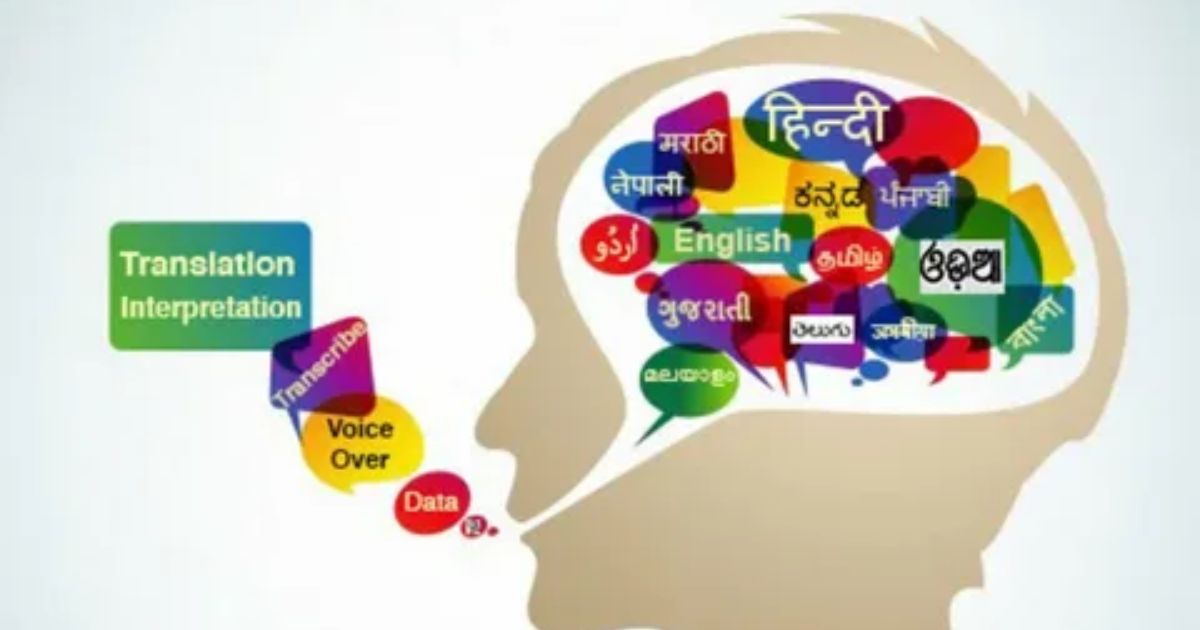Understanding the difference between translation and interpretation is crucial in a world with diverse cultures. When efforts are made to bridge these differences, unity can be achieved. Evirli, or language, is like a key that unlocks mysteries and connects people through shared understanding.
This article aims to explore the importance of language and how it can be taught to children to improve their communication skills. From traditional methods to modern applications, we will delve into the significance of language in global interactions.
Here, you’ll find valuable information to grasp the world of effective communication and tools to enhance your language skills. Whether you want to excel in language arts or improve your vocabulary, a grammar and vocabulary book will be your guide.
The Importance of Evırı in a Globalized World
In today’s globalized world, the ability to communicate effectively across languages is more important than ever. Evırı, which encompasses both translation and interpretation, serves as a bridge between different cultures and facilitates the exchange of ideas and information. It plays a crucial role in breaking down barriers and promoting understanding among diverse societies.
Breaking Down Barriers
Translation and interpretation help break down barriers by enabling communication between people who speak different languages. They allow for the exchange of ideas, stories, and emotions, fostering connections and collaboration across cultural and linguistic divides
Cultural Sensitivity and Awareness
A key aspect of translation and interpretation is cultural sensitivity and awareness. Translators and interpreters must understand the cultural context of both the source and target languages to ensure accurate and effective communication. This includes being mindful of cultural nuances, customs, and sensitivities that may impact the interpretation of language.
The Fundamentals of Translation

Translation involves conveying meaning from one language to another while preserving the original intent and nuances of the text. It requires a deep understanding of both languages involved and the ability to accurately convey meaning across linguistic and cultural boundaries.
The Importance of Deep Comprehension Before Translation
Before translating a text, it is essential to fully comprehend its meaning, context, and cultural implications. This deep understanding ensures that the translation accurately captures the intended message and effectively communicates it to the target audience.
Strategies for Conveying Meaning Accurately and Creatively
Translators employ various strategies to convey meaning accurately and creatively, balancing fidelity to the original text with the need to adapt to the target audience. These strategies may include paraphrasing, transcreation, and using idiomatic expressions to capture the essence of the original text.
Common Obstacles Faced by Translators and How to Devastate Them
Translators often encounter obstacles such as idiomatic expressions, cultural differences, and technical terminology. However, by conducting thorough research, seeking advice from experts, and continuously learning, translators can overcome these challenges and deliver high-quality translations.
The Art of Interpretation
Interpretation involves orally translating spoken language in real-time, requiring quick thinking, linguistic proficiency, and cultural awareness. This section explores the skills and techniques needed to excel in interpretation, including active listening and adapting to different modes of interpretation
Developing the Skill of Active Listening for Accurate Interpretation
Active listening is crucial for accurate interpretation, as interpreters must quickly process spoken language and convey it accurately in another language. Developing strong listening skills through practice and concentration is essential for effective interpretation.
A Comparison of the Two Main Types of Interpretation

Interpretation can take two main forms: consecutive and simultaneous. Each type has its challenges and requires specific skills and techniques. This section compares the two types of interpretation and provides insights into when each is most appropriate.
Practical Exercises and Tips to Enhance Your Interpretation Abilities
To improve interpretation abilities, practicing practical exercises and incorporating tips and techniques can be beneficial. This section offers guidance on enhancing word fluency, cultural literacy, and cognitive skills to excel in interpretation.
Tools of the Trade
Technology plays a significant role in translation and interpretation, enhancing efficiency and accuracy. This section explores the various tools and resources available to translators and interpreters, including computer-assisted translation (CAT) tools and speech recognition software.
Technology in Evırı
Advancements in technology have revolutionized the field of translation and interpretation, providing translators and interpreters with powerful tools to improve their work. This section discusses the impact of technology on Evırı and how translators can leverage these tools to enhance their skills.
How to Create and Utilize These Resources for Specialized Fields
Translators and interpreters can create specialized resources to improve their efficiency and accuracy in specific fields. This section provides guidance on developing and utilizing resources tailored to specialized areas, such as legal or medical translation.
Keeping Your Skills Strongin a Rapidly Evolving Field
Translation and interpretation are rapidly evolving fields, requiring professionals to stay updated with the latest trends and advancements. This section offers tips and strategies for continuous learning and professional development to keep skills sharp.
Navigating the Professional Topography
Navigating the professional landscape of translation and interpretation involves understanding certification paths, career opportunities, and ethical considerations. This section provides insights into becoming a certified translator or interpreter and offers guidance on building a successful career in the field.
Footpaths to Becoming a Certified Translator or Interpreter
Becoming certified as a translator or interpreter involves completing specific exams and meeting certain requirements set by professional organizations. This section outlines the certification process and discusses various educational paths available to aspiring professionals.
The Business of Translation and Interpretation
This section delves into the practical aspects of working as a translator or interpreter within the industry. It covers topics such as setting rates, marketing services, and building positive client relationships. Essentially, it provides guidance on how to navigate the professional landscape to ensure a successful and sustainable career in translation and interpretation.
Ethics and Confidentiality
Ethics and confidentiality are fundamental principles that guide the conduct of translators and interpreters in their professional practice. This section explores the importance of maintaining ethical standards, such as honesty, integrity, and impartiality, in all aspects of translation and interpretation work.
It also emphasizes the need to protect client confidentiality by safeguarding sensitive information and respecting privacy rights. Additionally, it addresses the ethical dilemmas that translators and interpreters may encounter in their work and offers guidance on how to navigate these challenges while upholding ethical principles.
Conclusion
In conclusion, translation and interpretation play a vital role in facilitating communication and understanding across languages and cultures. As our world becomes increasingly interconnected, the demand for skilled translators and interpreters continues to grow. By mastering the art of translation and interpretation and staying updated with advancements in technology and professional practices, aspiring professionals can excel in the field and make meaningful contributions to global communication and collaboration.
Trends and Predictions
Looking ahead, advancements in technology, such as artificial intelligence and machine learning, are expected to impact the field of translation and interpretation. Additionally, the demand for interpretation services, particularly in the audio/video domain, is projected to increase, presenting new opportunities for professionals in the field.
Tips for Aspiring Professionals to Stand Out in the Field of Evırı
To stand out in the field of translation and interpretation, aspiring professionals should focus on continuous learning, technical proficiency, and personal branding. By honing their linguistic skills, staying updated with industry trends, and building a strong professional network, individuals can differentiate themselves and thrive in the dynamic and competitive field of translation and interpretation.
FAQs about “Evırı Essentials: Mastering the Art of Translation and Interpretation”
Q: What is translation, and how is it different from interpretation?
A: Translation involves converting written text from one language to another, focusing on accuracy and clarity. Interpretation, on the other hand, is the oral translation of spoken words in real-time, emphasizing fluency and conveying meaning accurately.
Q: Can anyone become a translator or interpreter?
A: While anyone can pursue a career in translation or interpretation, it requires proficiency in multiple languages, cultural sensitivity, and specialized training or education to excel in the field.
Q: What are some common challenges faced by translators and interpreters?
A: Translators and interpreters often encounter challenges such as idiomatic expressions, cultural nuances, and technical terminology. Overcoming these obstacles requires research, collaboration, and continuous learning.
Q: How can technology assist translators and interpreters in their work?
A: Technology offers various tools and software, such as computer-assisted translation (CAT) tools and speech recognition software, to enhance efficiency and accuracy in translation and interpretation tasks.
What steps can I take to improve my translation and interpretation skills?
A: To enhance skills in translation and interpretation, individuals can engage in continuous practice, seek feedback from experienced professionals, participate in training programs or workshops, and stay updated on language trends and developments.

Lucas Steele is an experienced professional with 10 years in education. “Teachbullit” is his domain, reflecting expertise in teaching and learning.









